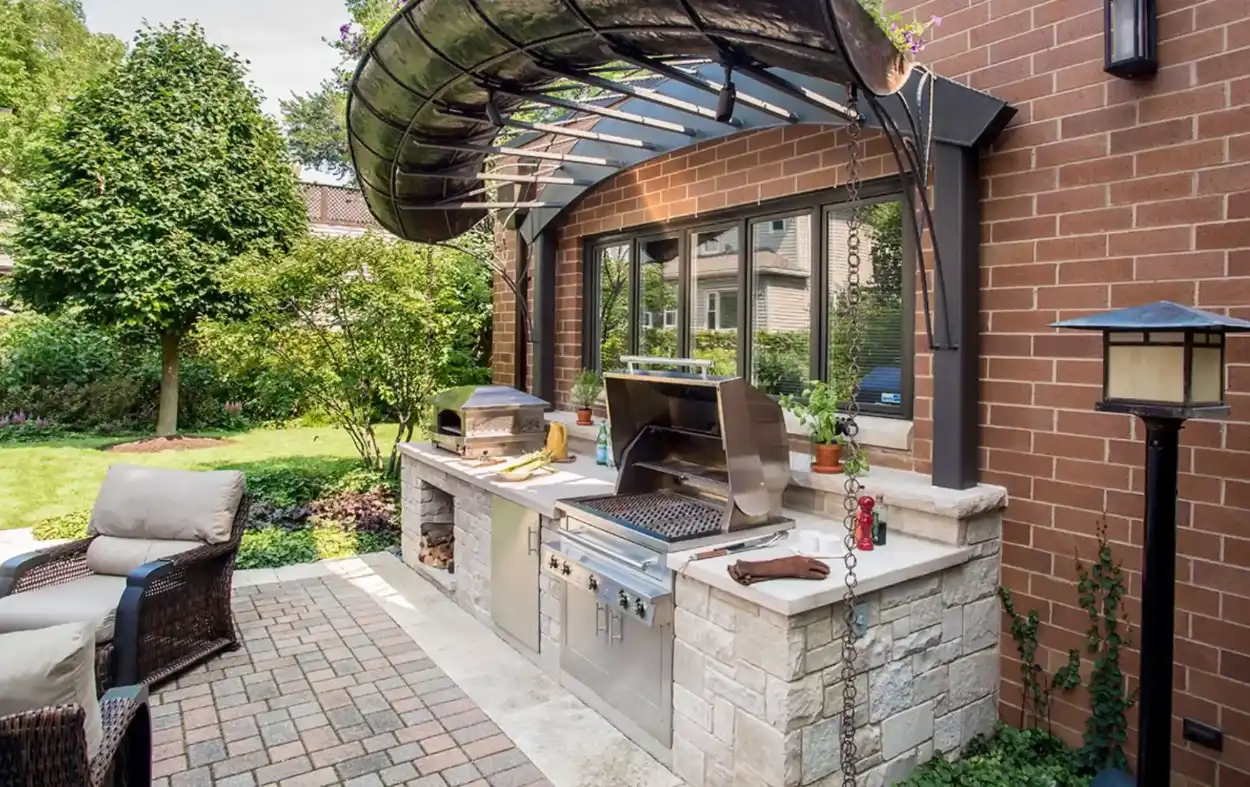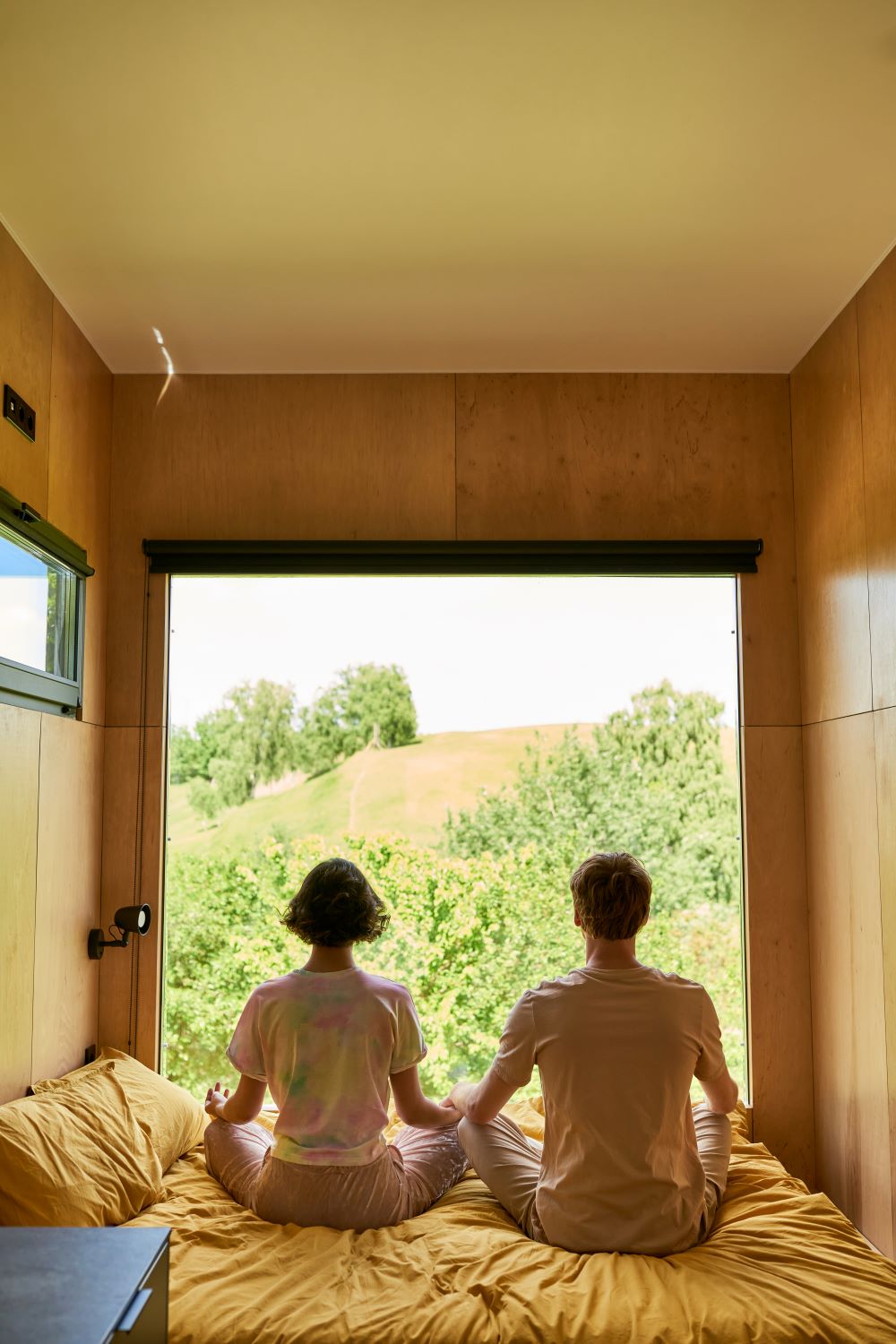Whether you’re building a new home or renovating an existing one, you’ve probably thought about hiring an interior designer. You may have written it off as a luxury expense, or something that you can just handle yourself. But when you’re taking on any construction project, tying in interior design every step of the way is vital.
Don’t believe us? Consider you’re taking out a wall in between your kitchen and living room for an open-concept plan. It might all seem good and well until you realize you have more furniture than wall space for it, or the lighting is all wrong now that your space is wide open.
Let’s break down why each step of the process — interior design and space planning — are so important to your project, as well as why it’s important to handle both together.
Benefits of proper interior design
Proper interior design can make or break a space. Many interior designers, including those at DYM Builders Group, will work with their client to develop a plan for their space that includes aspects such as colors, materials, lighting, furniture and more. They will then use all the information to create a 3D rendering, or a photorealistic illustration of what their space will look like.
Designers are able to use real-life materials, such as the exact tile you wish to use or the exact couch you want, in their 3D renderings. As a result, you’ll be able to see the entire plan for your space and change anything as necessary.
Working with a designer who does not provide a 3D rendering is like buying something without seeing it first, David Malka, co-founder of DYM Builders explains.
“Let’s say you want to go buy a new iPhone, you go to the Apple Store, you play with it, you see if you like it, and then you spend $1500. You would never pay and then go check how it is,” he says.
Thanks to advancements in software, more designers than ever can use 3D renderings with their clients. What was once a luxury is now something many people can afford, and should look for when working with an interior designer.
Benefits of proper planning
Space planning works hand-in-hand with interior design. It includes the architecture and engineering of your renovation or home build. You may work with an architect or engineer to design your floor plan, which will decide where your walls are, the dimensions and proportions of your room, and even where you can place lights.
Architects and engineers can also use 3D renderings to help you see your project’s finished state ahead of time. This can save you money, as changes to the structure of your home can be pricey and timely, Jade Malka explains.
“At the end of the process, they come to the house and they see the end result and they don’t like it or they want to change something, or add something,” she says. “When the project is done, any changes involve opening the walls, and then the final result is never 100%. You always damage it somehow because they want to change it.”
Seeing your space to scale can also help see exactly how much room you have. When designing your floor plan, professionals should take your own needs into consideration. For example, a person in a wheelchair will need wide enough hallways and doorways to navigate. A large family might want separate bedrooms for all their children. Or a couple that hosts will need a kitchen that can fit a certain number of people.
Plus, proper planning ensures your project is safe. Planning for the entire project will also help quell any last minute additions or changes that can be costly for the client.
Why you should work with one company
Often, designers and architects work with different companies. You might not think to work with an interior designer until your home build or renovation is done, too. However, working with both a designer and an architect from the beginning of your project can ensure a seamless process throughout.
Interior design informs planning, just like planning informs interior design. Knowing how much space you’ll have in your kitchen will directly affect how many cabinets you can install, just like how the type of couch you want will inform what shape your living room should be.
“When you do major construction or complicated structural changes, the designer needs to follow the blueprints. So she takes the actual plan and creates a rendering based on the new scale,” Jade Malka explains.
Hence, working with a company with designers, architects, and engineers under one roof will save you from additional stress and money down the line.
Some architects will not share their plans with any other professionals until they’re finalized. But that can cause headaches if the plan does not work with the interior design plan. Filing changes to a finalized plan can be costly and timely.
“Since our firm is handling everything, then my architect will share the draft with me, so I can give it to my designer to create a rendering,” Jade Malka explains. “And then if we have any changes, as long as it’s not finalized, my architect will apply the changes, and then the approved floor plan will go to the engineer.”
Ultimately, you want to ensure your professionals are on the same page, and speaking the same “language.” Too many moving pieces in too many spots can cause confusion. But by working with one firm or company, such as DYM Builders, you can ensure your process is smooth from start to finish.







